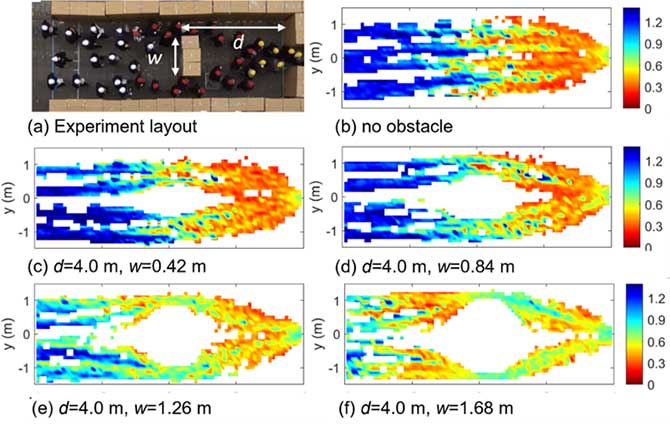2022.05.13
How do pedestrians perceive congestion?
Walking has been the most ancient and probably the most used transportation mode for humans. Research on the management of pedestrians is hence significant to eliminate the life risks in emergencies and improve comfortability/efficiency in daily life. One important research target is pedestrian congestion, mostly indicated by density in previous studies. In emergencies, high congestion that usually corresponds to strong physical compressions could intrigue injury, asphyxia, and stampede accidents. Therefore, local density has been used to indicate physical congestion, and high local density should be avoided considering pedestrian safety.
In contrast, in daily life, life-threatening high-density conditions are rare to occur, whereas pedestrian comfortability, which is highly correlated with the congestion that pedestrians perceive, becomes essential. However, there is a lack of evidence that the local density that indicates physical crowdedness is also the optimal indicator for the perceived congestion. Now, Akihito Nagahama from The University of Electro-Communications, Xiaolu Jia, Claudio Feliciani, Daichi Yanagisawa, Katsuhiro Nishinari from The University of Tokyo, and Hisashi Murakami from Kyoto Institute of Technology, report that compared with the most used local density, velocity outperforms in reproducing the perceived congestion of pedestrians. Furthermore, it is suggested that pedestrians in the crowd perceive congestion because they cannot walk at their desired velocity.
Experiments were conducted in a normal room egress scenario with pedestrians of different ages and genders to compare the perceived congestion level and the candidate numerical indicators (local density and velocity). The perceived congestion was measured by a questionnaire survey, and the numerical indicators were calculated from the temporal trajectory data extracted from experiment videos. Results showed that the velocity had a stronger correlation with the perceived congestion than the local density. The higher performance of the velocity was owed to the pedestrians who walked slowly at a low local density while perceiving high congestion. In other words, pedestrians are more likely to perceive congestion because of the low walking velocity than the crowdedness around. Furthermore, they suggest that the perceived congestion emerges from the desired and actual velocity gap. This is inspired by the different perceived congestion levels of different pedestrians, where pedestrians who typically have higher desired velocity (males and the young) perceived more congestion than those who usually have lower desired velocity (females and the elderly) in their experiments.
Their research contributes to academic research on pedestrians by pointing out the problems of the conventional theory of classifying congestion by density and proposing new mechanisms to compensate for it. Besides, for actual pedestrian management, this research indicates the possibility of alleviating the perceived congestion by shortening the difference between desired and actual velocity, or by controlling according to different pedestrian characteristics such as age and gender. In addition, due to the development of image analysis and sensing technologies, pedestrian velocity can be measured much easier. Accordingly, the perceived congestion of pedestrians can be indicated easier, making it possible to identify locations where pedestrians feel particularly crowded (see the attached Figure) and to predict the perceived congestion of walking facilities under the design stage.

Figure 1: Illustration of experiment layout (a) and the distribution of perceived congestion under different geometrical layouts (b-f). w indicates the obstacle width, and d indicates the distance between the obstacle and the exit.
| Journal article | Xiaolu Jia, Claudio Feliciani, Hisashi Murakami, Akihito Nagahama, Daichi Yanagisawa, Katsuhiro Nishinari. "Revisiting the level-of-service framework for pedestrian comfortability: velocity depicts more accurate perceived congestion than local density". | |
| Transportation Research Part F | Traffic Psychology and Behaviour, vol. 87, pp. 403-425, 2022/05. | |
| DOI | https://doi.org/10.1016/j.trf.2022.04.007 | |